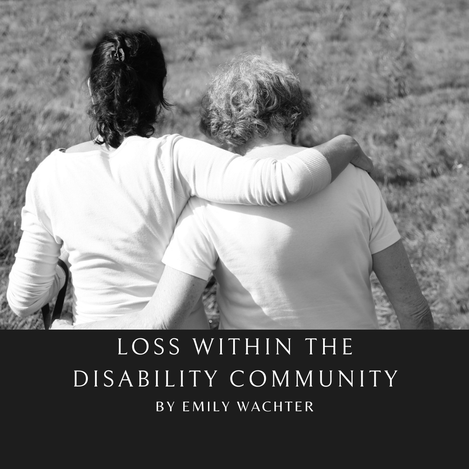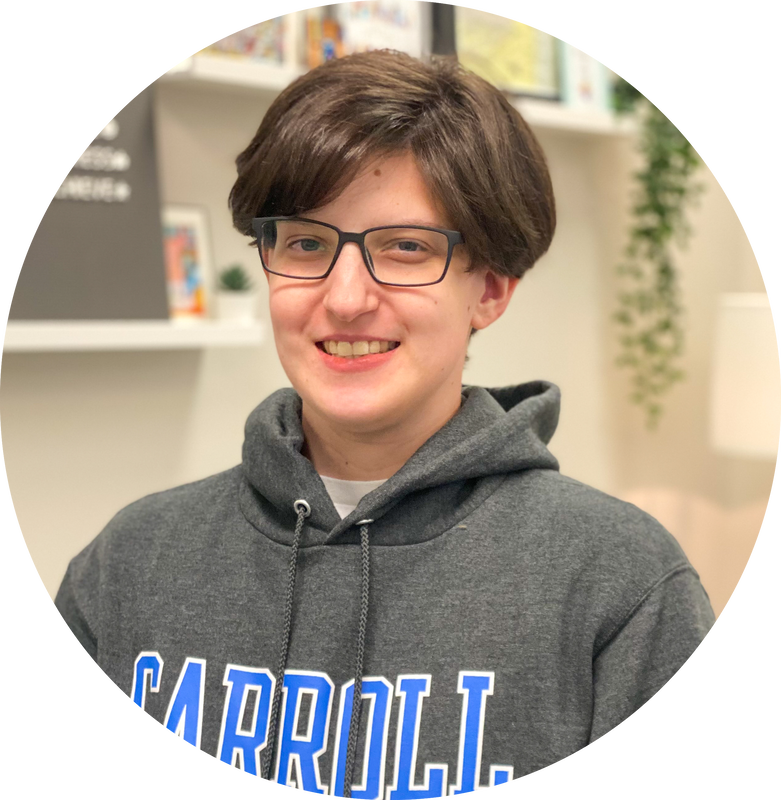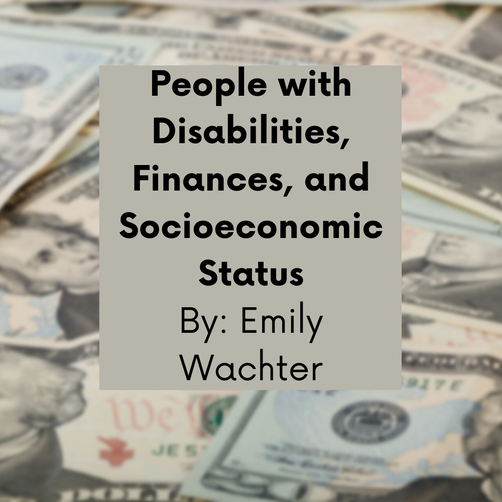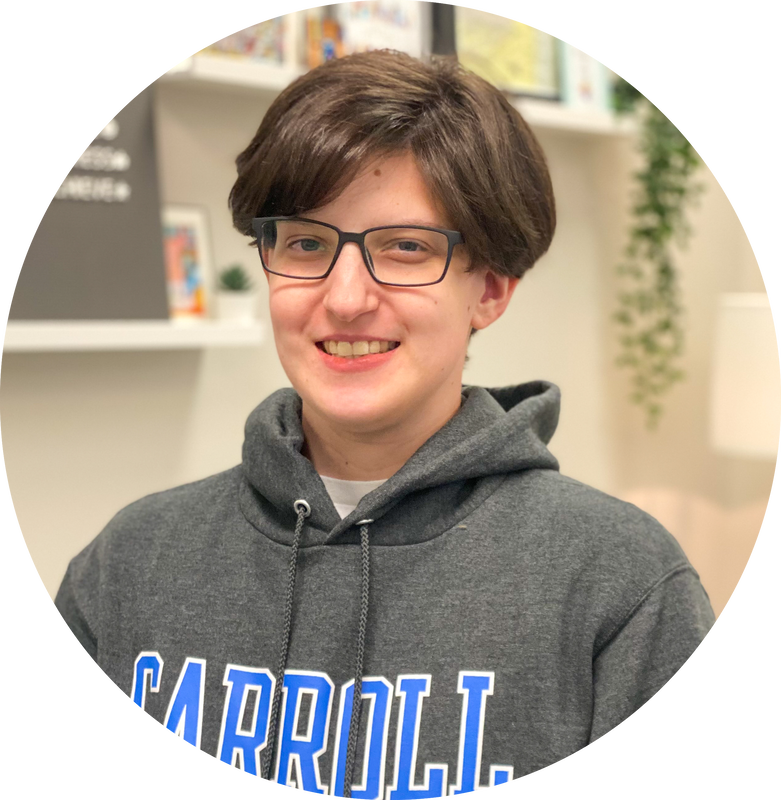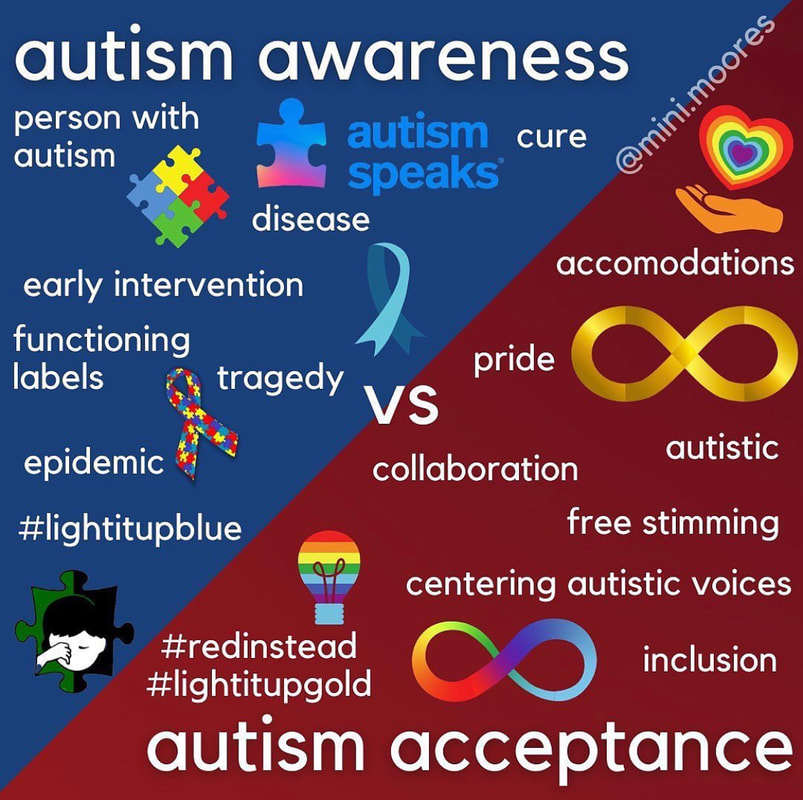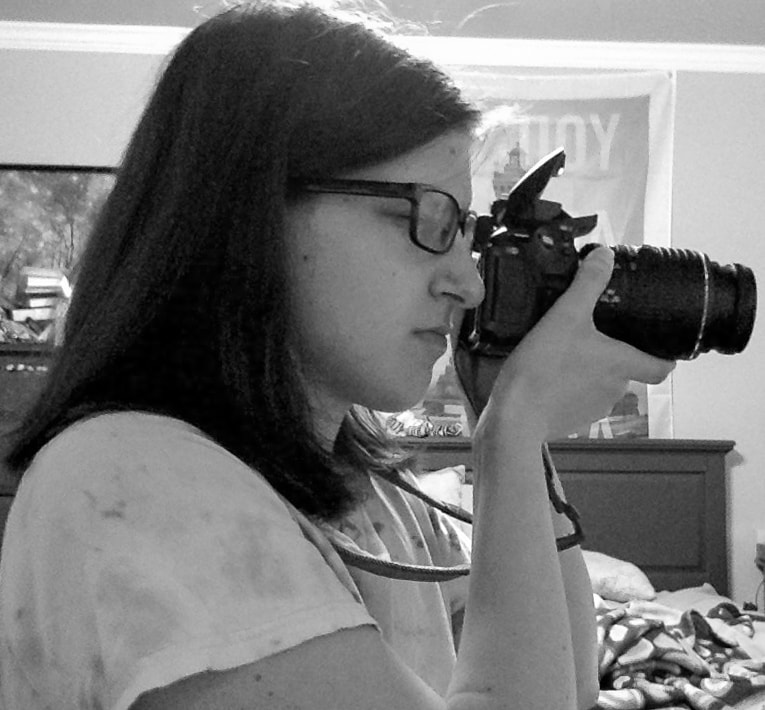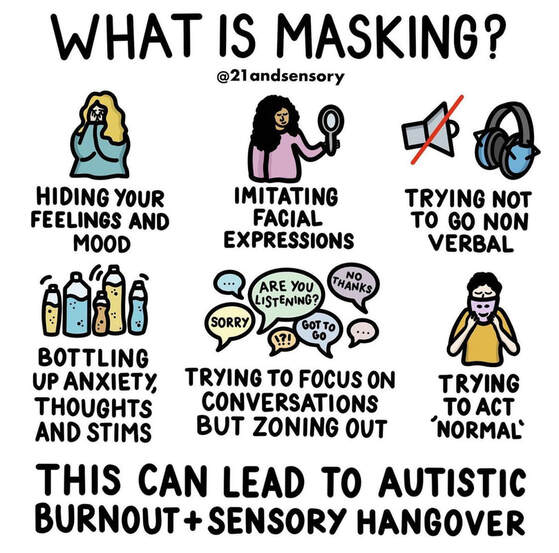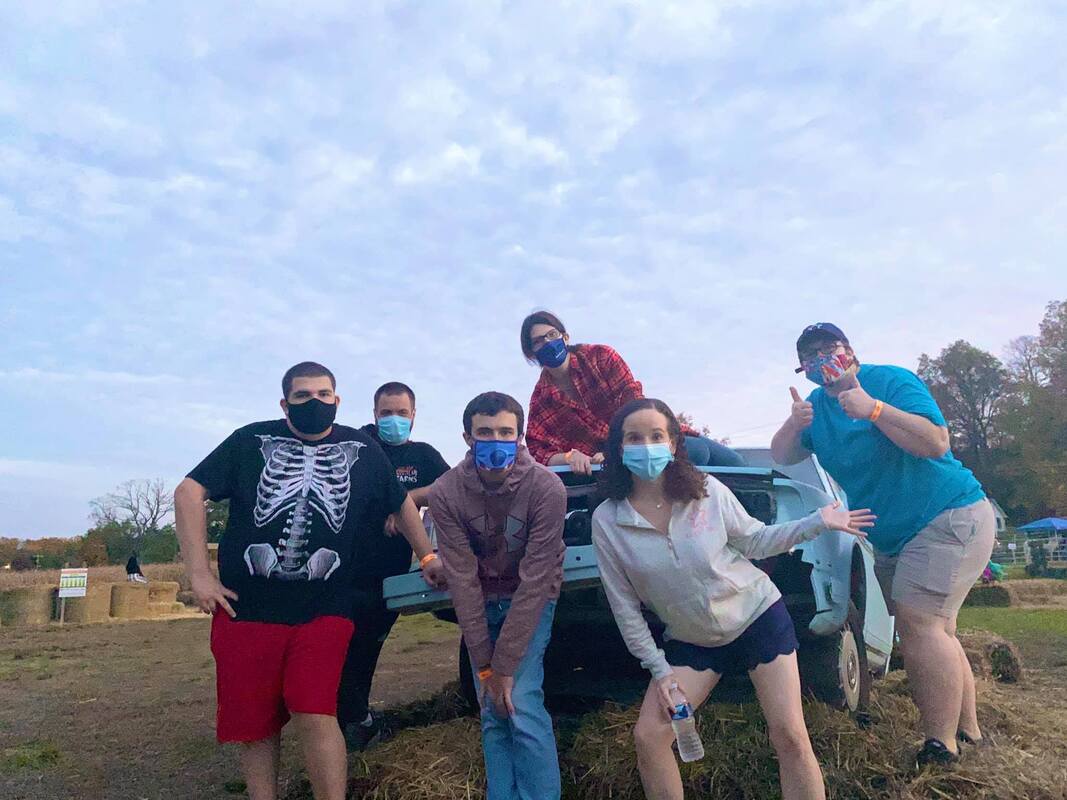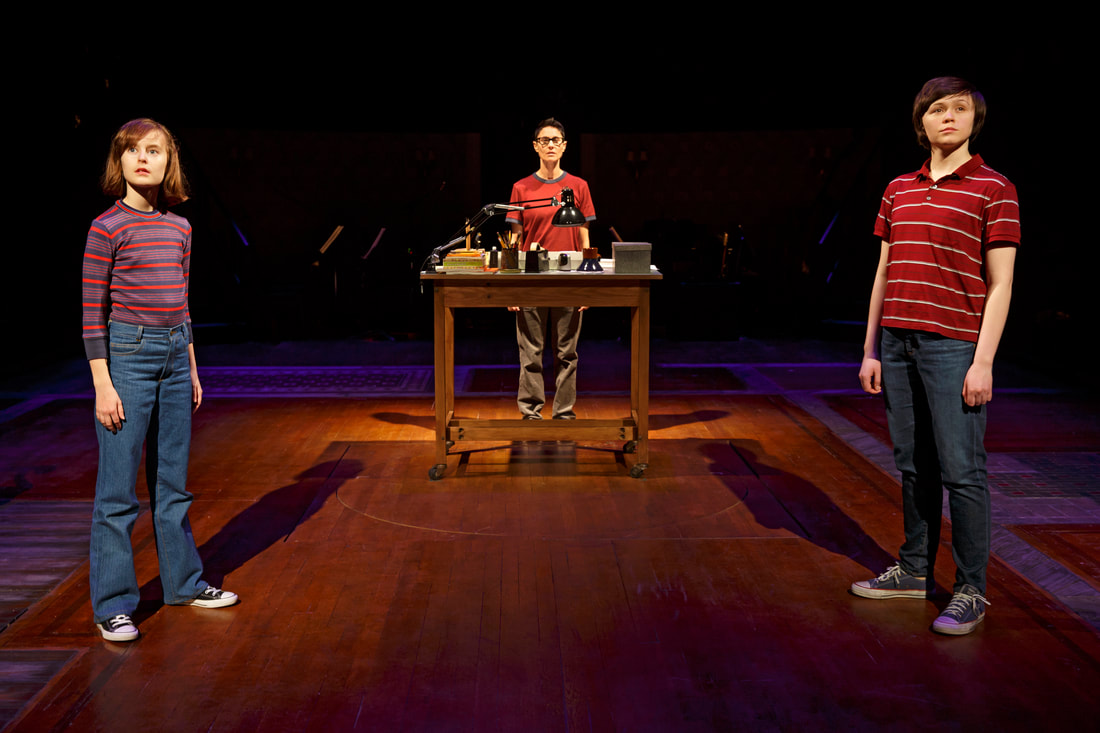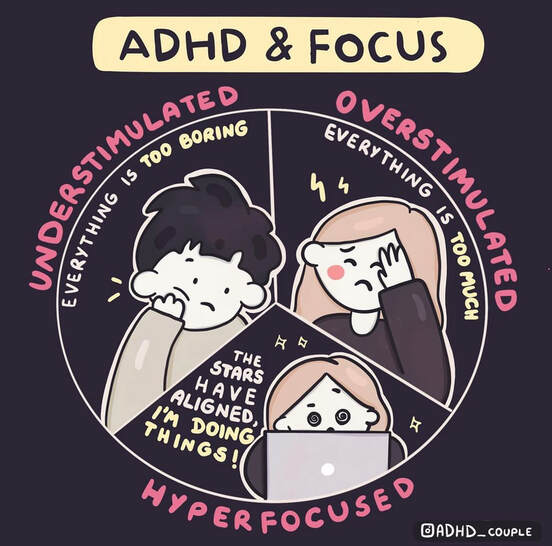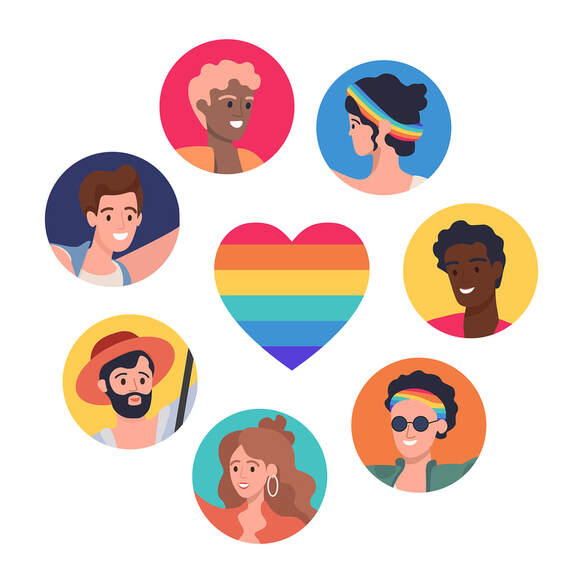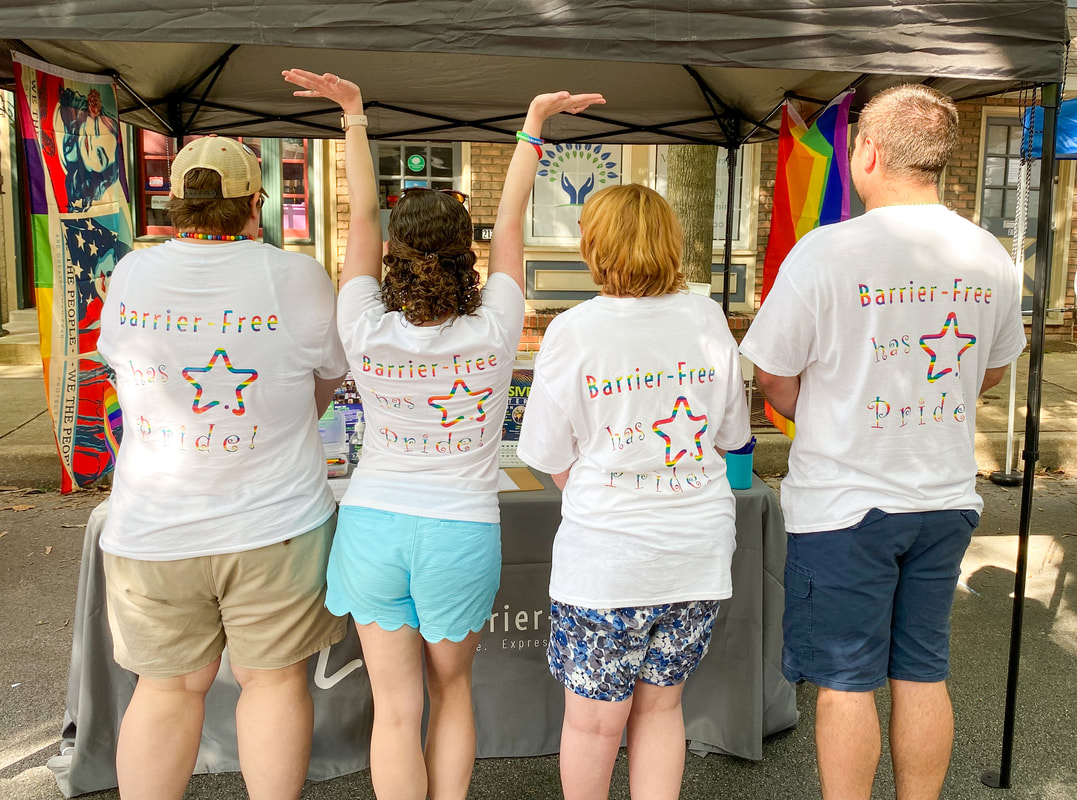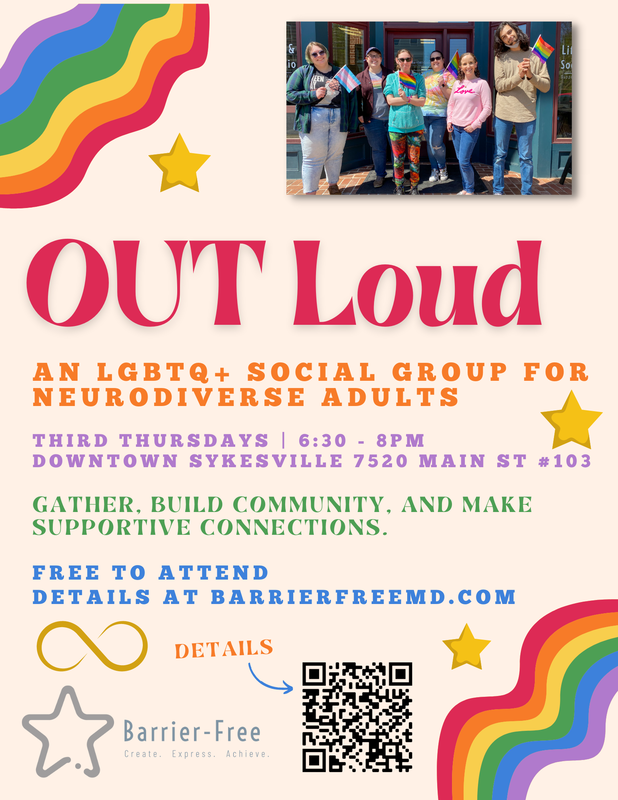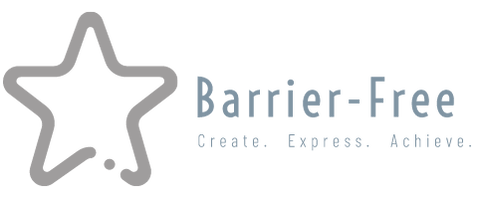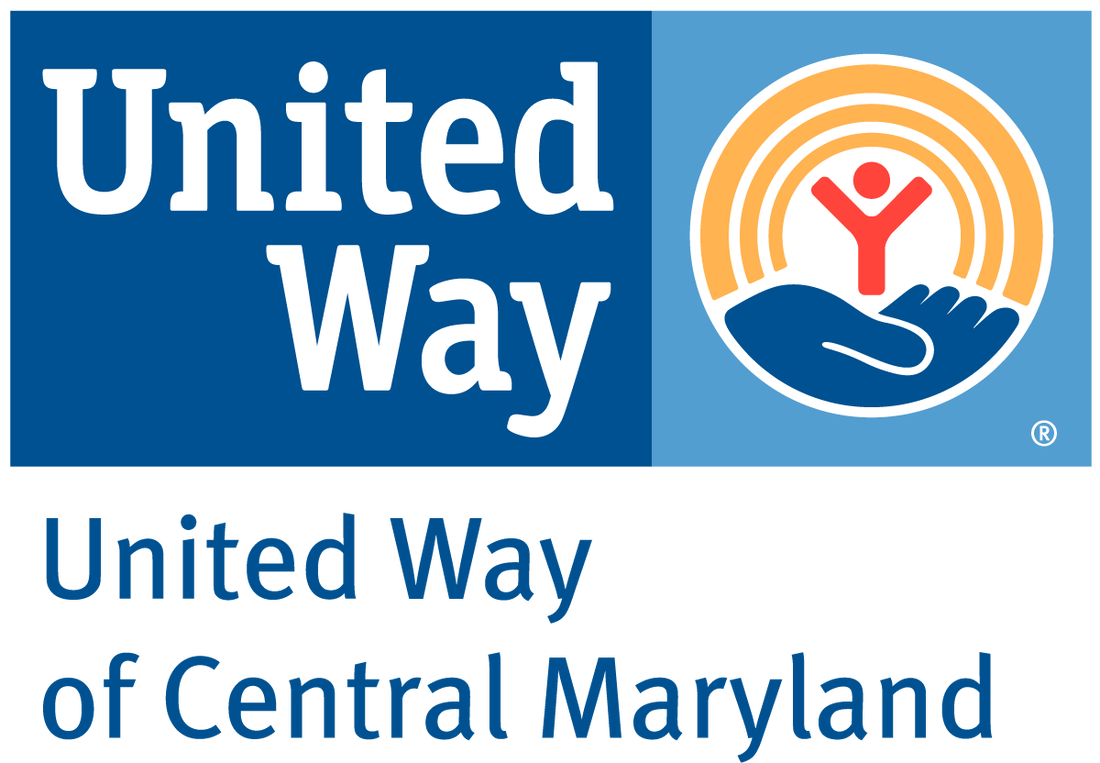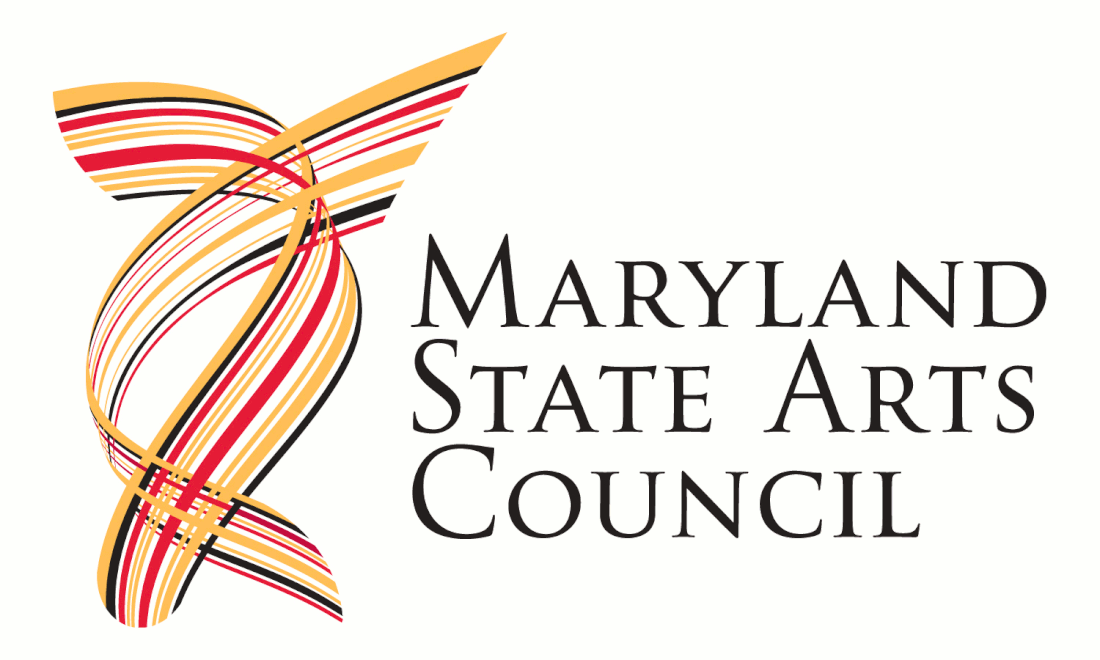|
I recently experienced loss of someone I knew from one of my social groups I am a member of. Let's call him A. A was sweet and always smiling young man. A probably understood the world in ways other people couldn't. A passed away on Sunday at the age of 17. A was entirely too young for anyone to pass away. Because of his passing, I'm reminded of the unique loss within the disability community. Grief can take many forms. Grief is described as a loss of some sort, psychological distress, confusion, shock, yearning, and/or anxiety about the future. Loss takes many forms within the disability community. Some examples include:
We also must recognize that older people with developmental/ intellectual disabilities may have a cumulative loss. Cumulative loss can be referred to as multiple losses in a short period. In people with disabilities, we must look at a loss within a person's lifetime.Some things to think about if you support someone with a disability
What can grief look like? For individuals with developmental/intellectual disabilities and autism, grief can be hard to understand and/or difficult to express. They may also struggle to make sense of loss. They may have difficulty finding the silver lining or benefit of that loss. They may need extra support during that time, and whoever is taking care of them may not be able to know how to support them. There is not much research about those with intellectual disabilities and whether or not they can find the benefit in the loss or if they're unaffected by it. A study conducted by Harper and Wadsworth found that over half of the respondents with a developmental disability reported at least one death that was very disruptive to their lives; more than a year after the deaths, the majority of these respondents were still suffering from feelings of loneliness, anxiety, and sadness, as well as from behavior problems. I think this study points to the isolation felt by living with a disability. Often people with disabilities are isolated and spend lots of time in the mind. If you cannot express your grief to those around you, it encourages self-harm and harm to others. How do we support those with disabilities in their grief?
Sources: https://www.forbes.com/sites/andrewpulrang/2020/05/26/we-know-theres-a-disability-community-because-we-mourn-our-losses/?sh=5555c70f98c4 Brickell, C., & Munir, K. (2008). Grief and its complications in individuals with intellectual disability. Harvard review of psychiatry, 16(1), 1–12.. https://www.ncbi.nlm.nih.gov/pmc/articles/PMC3166634/ Harper DC, Wadsworth JS. Grief in adults with mental retardation: preliminary findings. Res Dev Disabil. 1993;14:313–330. [PubMed] [Google Scholar] http://www.intellectualdisability.info/mental-health/articles/managing-grief-better-people-with-intellectual-disabilities https://www.mylepage.ca/wp-content/uploads/2019/03/Guidebook-for-People-with-IDs-.pdf
0 Comments
*Disclaimer: I am in no way a financial expert. I am speaking from my personal experience and those around me.* Money is what makes the economy thrive. Money is a part of our everyday life. For people with disabilities, it can be challenging to understand the concept of money. It can be challenging because concepts of having money are often abstract and you're unable to physically see it. They may have trouble understanding a need vs. want, where the money comes from, balancing a budget, or making change. They often need someone to support them in their financial decisions. It may be a skill that is worked on for a lifetime. If someone with a disability applies to Maryland's Developmental Disabilities Administration (DDA) to receive funding and is approved, they are automatically enrolled in Medicaid. Medicaid does not allow a person using their service to have more than 2,000 dollars in the banking account, both checking and savings combined. This can be difficult to manage if the person with a disability works 30 to 40 hours a week. When working 30-40 hours a week, I would have to withdraw a large portion of my paycheck, so I wouldn't exceed the 2,000 dollar limit. Now that I'm working part-time, I don't have to do that often. A person with a disability may be unable to work full-time. This could be for a variety of reasons. It could be because of access to transportation, the job's physical demands, or personal preference. Because of being unable to work full-time and not having more than 2,000 dollars in one's bank account, it's easy for people with disabilities to live in poverty. Once in one federal program, you often put into another or qualify for another. Because it's easy for people with disabilities to easily be in poverty, parents, family members, or those supporting the individual are left financially supporting them. On top of the massive toll, it takes to care for someone with a disability. Some staggering statistics about socioeconomic status and people with disabilities:
How to Help: Those in Maryland or Pennsylvania. Ask your Senators to support and co-sponsor the Supplemental Security Income (SSI) Savings Penalty Elimination Act! Tell your Senators that $2,000 - $3,000 in asset limits is just not enough to live! These limits have not been updated since 1989, forcing many people with disabilities into poverty. To learn more and to take action, click HERE https://action.thearc.org/VynIJ0a?p2asource=email-062422 Terms to Know: H.U.D./Section 8: housing assistance for people with disabilities DDA: Developmental Disabilities Administration The DDA is the primary State agency that funds community-based services and supports for people with developmental disabilities. The DDA provides a coordinated service delivery system, so that people receive appropriate services oriented toward the goal of full integration into their community. Medicaid: Medicaid provides health coverage to individuals and families with limited income and resources. You’re automatically offered Medicaid if you receive other types of public assistance. That may include Supplemental Security Income (SSI), Temporary Cash Assistance (TCA) and Foster Care. Low-income families, children, pregnant women, and aged, blind, or disabled adults may also qualify for Medicaid. You can have private health insurance and be eligible for Medicaid. ABLE account: The federal Achieving a Better Life Experience (ABLE) Act authorized states to establish tax-advantaged savings programs so individuals with disabilities can save and invest money (up to $16,000 a year) without jeopardizing eligibility for public benefits. Sources: https://health.maryland.gov/dda/pages/dda.aspx https://211md.org/resources/health-care/medicaid/ https://www.ablenow.com/learn/basics/ Joseph Guan, Guohua Li. Injury mortality in individuals with autism. American Journal of Public Health. April 2017 https://www.apa.org/pi/ses/resources/publications/factsheet-disability.pdf Chetty, R., Stepner, M., Abraham, S., Lin, S., Scuderi, B., Turner, N., Bergeron, A., & Cutler, D. (2016). The Association Between Income and Life Expectancy in the United States, 2001-2014. JAMA, 315(16), 1750–1766. https://doi.org/10.1001/jama.2016.4226
April marks Autism Awareness Month. Every parent of a child with Autism Spectrum Disorder (ASD) and those with Autism Spectrum Disorder will tell you that every day, every month of every year is Autism Awareness Month. Autism is a lifelong disability. According to Webster's Dictionary, acceptance means 1. the act of taking or receiving something offered. 2. favorable reception; approval; favor. 3. the act of assenting or believing: acceptance of a theory. 4. the fact or state of being accepted or acceptable. Awareness means 1. the state or condition of being aware; having knowledge; consciousness. Awareness is knowing that something is happening. Acceptance is seeing a person for who they are. Awareness is focused on shortcomings or deficits. Acceptance is focused on what you're good at and what can you do for yourself. Awareness means you can identify a neurodiversity. Acceptance means you're able to talk to neurodiverse individuals and gain understanding and compassion. Awareness is trying to cure me. Acceptance is not trying to cure me. Sources: https://nsadvocate.org/2018/03/20/autism-awareness-or-acceptance-two-very-different-mindsets/ https://www.instagram.com/mini.moores/
Putting on a mask in theater turns a person into a completely different person. When we are in social settings, for both neurotypical and neurodiverse people we put on appearance and behaviors that we are ok even if we are struggling. Our personal world could be a burning dumpster fire and we would tell other people that we are fine. What is autism masking? Autism masking is precisely what it sounds like- camouflaging your autism traits to fit in. "Masking is a desperate and sometimes subconscious reaction to an emotionally intimidating situation. It manifests as a natural adaptation strategy to navigate an environment our brain finds challenging," Augustina, @theautisticlife, autism self-advocate. What does autism masking look like?
Why does a person with autism mask? There are several reasons why a person masks and is different for each person with autism. These include:
What are the effects of masking autism?
Meltdowns are often the result of highly stimulating situations or create high levels of anxiety that feel like they can't be escaped. When someone is in this situation, their reaction is flight, fight, or freeze. If the person cannot afford to escape, it leaves two options: fight or freeze. Meltdowns are similar to the fight response. When an autistic person has a meltdown, they often have increased levels of anxiety and distress. Autistic burnout is the intense physical, mental or emotional exhaustion, often accompanied by a loss of skills, that some adults with autism experience. Many autistic people say it results mainly from the cumulative effect of navigating a world designed for neurotypical people. Burnout may significantly affect autistic adults who have strong cognitive and language abilities and are working or going to school with neurotypical people. Read more about the effects on mental health here If you’re someone who isn’t autistic, what can you do when faced with a masking autistic person?
What does autism masking look like for me? For me, I definitely masked through all my years in public school. I would be the "perfect" student. I watched the other kids see how they acted and then copied them. This doesn't align with my true self so I felt unhappy. In middle school, I would float social groups and didn't feel like I had a place to be me. At times, I would come home and have a meltdown. Lack of accommodations or accommodations and services being provided added to the causes of my meltdowns. The only time I received the accommodations that I needed was when I went to the local vocational school. I had my own 1:1 aid, who prepared me for tests, read the tests to me, and helped me stay on top of assignments. I was treated like any other neurotypical student. I had a lot of success at the vocational school including coming in 3rd place at the SkillsUSA competition in broadcasting and news. Much of this success is due to having proper accommodations and following the individualized educational plan (IEP). When I transitioned from high school, I wasn't receiving services from the Department of Developmental Disabilities (DDA). I had no support and was basically left to fend for myself. The Division of Rehabilitation Services (DORS) got me into a job preparation program through Goodwill. I was lucky enough to land an interview at Copper Ridge with the help of a job coach through Goodwill. The job coach prepared me for the interview and I was able to have the job coach come with me on the interview which calmed my nervousness. I got the job and started working part-time. It took me a while to learn everything I was supposed to do and to get comfortable in the environment. I soon took on full-time hours due to staffing issues I'm able to work full-time hours, but it took a lot out of me. For me, there was a social demand all day for 8 hours. I always had to talk to somebody especially since I was working with older adults who had some form of a memory disorder. Trying to remember all the tasks I had to do was difficult on some days. When I had an unstable schedule, it was challenging for me. I had to advocate for a more consistent schedule. All of these things lead me to be exhausted. My last year at that job I was working full-time and taking a few classes. I'm not sure how I managed that honestly. I have since moved on from this job. I can say now I don't mask all the time. There are certain times I mask for safety reasons like when I go out into the community, in college classes, and sometimes at my current job when I'm in a meeting or training. When I mask it's something that automatically comes on. It's like flipping a switch. I'm on a very slow process of learning to unmask. I don't have all the answers but I can say I have a better self-identity than I did when I was younger. If I'm with the right group of people where I know that no one will make fun of me, I am more comfortable to unmask and be my true self. Sources: https://soyoureautistic.com/masking-camouflaging-mimicking-2/ https://themighty.com/2018/11/long-term-impact-autistic-masking/ https://www.accessibility.com/blog/autism-masking https://raisingchildren.net.au/autism/behaviour/common-concerns/stimming-asd#:~:text=Stimming%20is%20repetitive%20or%20unusual,reduce%20their%20need%20to%20stim. https://www.ambitiousaboutautism.org.uk/information-about-autism/behaviour/meltdowns-and-shutdowns
By. Britt Burr, Creative Director In the Broadway musical FUN HOME, Alison Bechdel, the lesbian protagonist, tells a story about the discovery of her own sexuality and her relationship with her gay father. This storytelling, narrated by Alison, is done through a series of vignettes set in the past. In one vignette, a young Alison sits with her father at a diner while he drinks his coffee. A delivery woman enters. Described by Alison, the delivery woman is an “old-school butch”. This is Alison’s first experience seeing a lesbian outwardly expressing a style that she inwardly desires for herself. Alison sings “Ring of Keys”—a reference to the woman’s massive number of janitor-style keys strapped to her belt loop. In the song comes my favorite line: Do you feel my heart saying hi? There is an innate understanding I have when it comes to autistic people. I don’t mean this to toot my own horn, and I realize that everyone with autism is different. I say this humbly knowing that if you’ve met one person with autism, you’ve met one person with autism. However, my general understanding of this population is something I have tried to figure out for a long time. I have a deep level of intrinsic knowledge when it comes to interacting and engaging with people that are neurodiverse. I’ll be minding my own business shopping at Target and then, the next thing I know, I have managed to find the only autistic person in the store—or they find me. In the past, I have chalked this up to being in the field for a long time—able to point out certain indicators that others may have easily overlooked. Or, I chalked it up to having an autistic father and seeing similarities in him, that I see in others. And sure, these things have definitely helped me, but the understanding is still much deeper. But what exactly is it? Maybe it was my own neurodiversity? Not only am I gay, I have ADHD. At times, my ADHD can exhibit itself in ways that are similar to those on the spectrum. Sometimes I have abilities that feel like “super powers”—being able to knock out tasks in record speed, or writing a 15–20-page research paper in under an hour. I can observe, process, and retain information rapidly and can often figure out smarter, creative ways to do things to save more time; opposed to others that may work “harder” or longer only to exert more energy. These skill sets have made me great at what I do. In fact, as I write this right now, I am in my world of hyperfocus. I am on cloud nine. My mind is reeling. I am so into this. Nothing around me exists. It is me and this blog. And as I peel back the mask for you to see inside this wacky head of mine, I am both anxious not knowing how you will respond, and ecstatic because I finally get to talk about this. But I know the crash will come soon and the fatigue will set in. So, my hyperfocus comes at a cost. And, I am not without other struggles in my life. I succumb to time blindness—not being able to predict how long a task will take, or getting completely immersed in a task where hours have flown by in a blink of an eye. I have a high level of justice sensitivity where I feel the need to advocate for every inequity I come across. If not in constant check, I will likely voice my concerns uncensored should the opportunity present itself. This is paired with a low tolerance for bureaucracy and arbitrary rules of society. And info dumping —get me rolling on a topic I am passionate about and you’re likely to be sitting there for a while. Thank you for sitting here for a while. These things have made me who I am and have paved the way for Barrier-Free to succeed—because I get it. WE get it. My own neurodivergence paired with my lived experience acts as a translator between the neurodiverse and the neurotypical world. But still, there is a connection here that we’re missing… It wasn’t until I expressed this to my wife, Lauren, who indicated she felt the same way—that a correlation between neurodiversity and the LGBTQIA+ community exists. We began to name all the queer people we knew that were either autistic, or had a family member on the spectrum. WOAH. Hang onto your hats. ----------------- Intersectionality. A crossroads where two seemingly different things overlap. The two things: Neurodiversity and the LGBTQIA+ community. Of the 34+ queer people Lauren and I could name off of the top of our heads (people in our immediate orbit), 23 of them either had a sibling, parent, aunt, or uncle on the spectrum, were on the spectrum themselves, or personally identified as having some type of other neurodivergence (i.e., ADD/ADHD, or OCD). Interests peaked, we wanted to know, have other researchers recognized this yet? Is this even on people’s radar?! Knowing that there are variant genes surrounding sexual orientation (Ganna et al., 2019) and that autism runs in families (NIH, 2021), we “hit the books” and gathered some more empirical research. ----------------- In a recent study, 247 autistic women were interviewed regarding their sexual orientation (Bush et al., 2021). Among them, over half reported that they fell on the asexual spectrum—i.e., never or rarely experiencing sexual desire. The other half identified as either demi-sexual (experiencing sexual desire only after a deep personal connection), bisexual, or pansexual. Only 8% (approx. 20 people) of the entire sample of 247, identified as strictly heterosexual. There are also elevated rates of gender nonconformity among autistic populations (Warrier et al., 2020). The reasoning behind this is not entirely clear, but there is a prediction that it is attributed to the autistic trait of not conforming to social rules (Kallitsounaki et al., 2021). Because there is a divergence in interpreting certain social norms, autistic people are not bound by the conforms of society, thus they exhibit themselves how they want without social pressures weighing them down. It is predicted that some queer individuals with invisible neurodivergence may have gone undiagnosed due to the social stigma surrounding the LGBTQIA+ community (Moreno et al., 2017). Sometimes queer people are met with derision when it comes to routine examinations and check-ups as they are forced to answer uncomfortable questions from often uneducated (in terms of queer culture edification) and unempathetic healthcare providers. This has possibly led to a discrepancy in neurodiverse LGBTQIA+ individuals receiving diagnoses--a diagnosis which could permit helpful accommodations. There is more research that needs to be done, as these concepts are relatively new, hence the date of their publication. Nevertheless, the intersectionality between LGBTQIA+ individuals and neurodiversity cannot be overlooked. As always, there are outliers in research. Some people can be strictly gay, or strictly autistic—with no queer/neurodivergent markers, but all in all, a correlation is noticed here. Which leads me to my next thought… Maybe the autism spectrum and the spectrum of queerness are not spectrums at all—at least not separate spectrums. Or, perhaps these spectrums can overlap. They don’t have to, but they can. ----------------- So, when a queer person encounters a neurodivergent person, or a neurodivergent person encounters a queer person and you feel that pull in your gut… Maybe it’s just our hearts saying hi. Join us at OUT LoudOUT Loud, is a social and peer-support group for neurodiverse LGBTQ+ folx to gather, build community, and make supportive connections. We celebrate the intersectionality between the neurodiverse community and the LGBTQ+ community. References Bush, H. H., Williams, L. W., & Mendes, E. (2021). Brief Report: Asexuality and Young Women on the Autism Spectrum. Journal of Autism and Developmental Disorders, 51(2), 725–733. https://doi.org/10.1007/s10803-020-04565-6 Ganna, A., Verweij, K., Nivard, M., Maier, R., Wedow, R., Busch, A., Abdellaoui, A., Guo, S., Sathirapongsasuti, F., Lichtenstein, P., Lundström, S., Långström, N., Auton, A., Mullan, K., Harris, Beecham, G., Martin, E., Sanders, A., Perry, J., Neale, B., Zietsch, B. (2019). Large-scale GWAS reveals insights into the genetic architecture of same-sex sexual behavior. Science, 371 (6536), 1-9. https://www.science.org/doi/epdf/10.1126/science.aat7693 Kallitsounaki, A., Williams, D. M., & Lind, S. E. (2021). Links Between Autistic Traits, Feelings of Gender Dysphoria, and Mentalising Ability: Replication and Extension of Previous Findings from the General Population. Journal of Autism and Developmental Disorders, 51(5), 1458–1465. https://doi.org/10.1007/s10803-020-04626-w Moreno, A., Laoch, A., & Zasler, N. D. (2017). Changing the culture of neurodisability through language and sensitivity of providers: Creating a safe place for LGBTQIA+ people. NeuroRehabilitation, 41(2), 375–393. https://doi.org/10.3233/NRE-172187 National Institute of Neurological Disorders and Stroke (2021). Autism Spectrum Disorder Fact Sheet: What Roles to Genes Play? https://www.ninds.nih.gov/Disorders/Patient-Caregiver-Education/Fact-Sheets/Autism-Spectrum-Disorder-Fact-Sheet#3082_6 Warrier, V., Greenberg, D. M., Weir, E., Buckingham, C., Smith, P., Lai, M.-C., Allison, C., & Baron-Cohen, S. (2020). Elevated rates of autism, other neurodevelopmental and psychiatric diagnoses, and autistic traits in transgender and gender-diverse individuals. Nature Communications, 11(1), 3959. https://doi.org/10.1038/s41467-020-17794-1
|
About our BlogThe Barrier-Free blog exists as a space to share Barrier-Free news, helpful information, and a creative sharing space. Archives
March 2024
Categories
All
|
|
Copyright © Barrier-Free 501(c)(3) All rights reserved.
|
|

